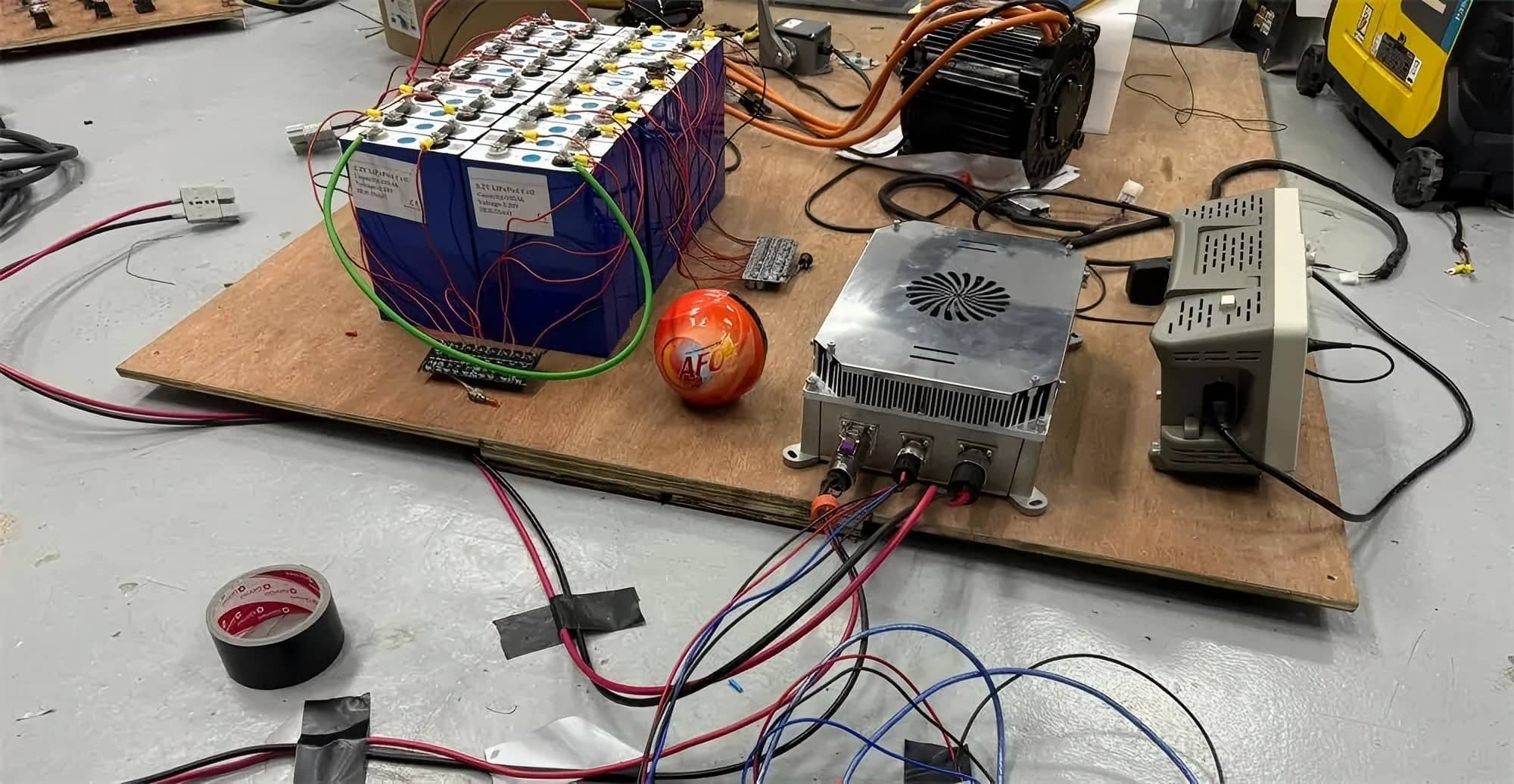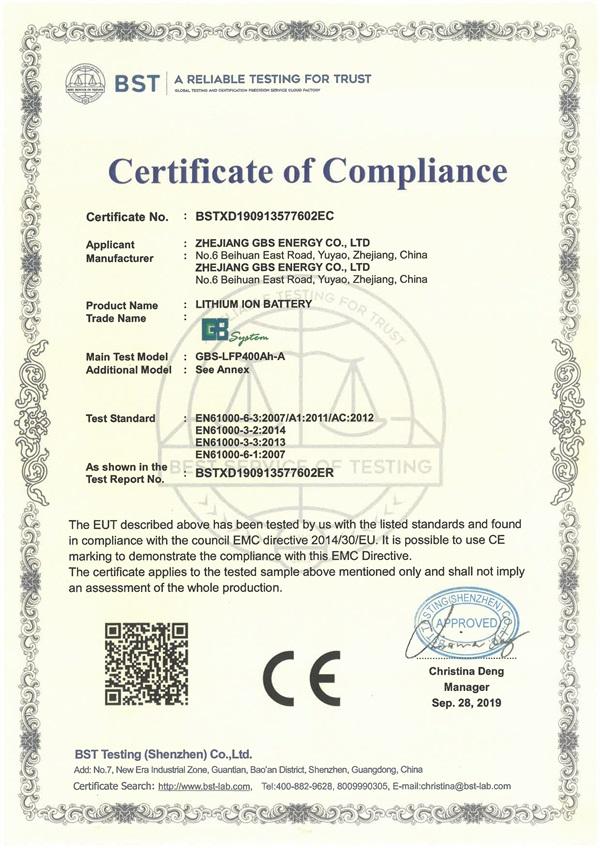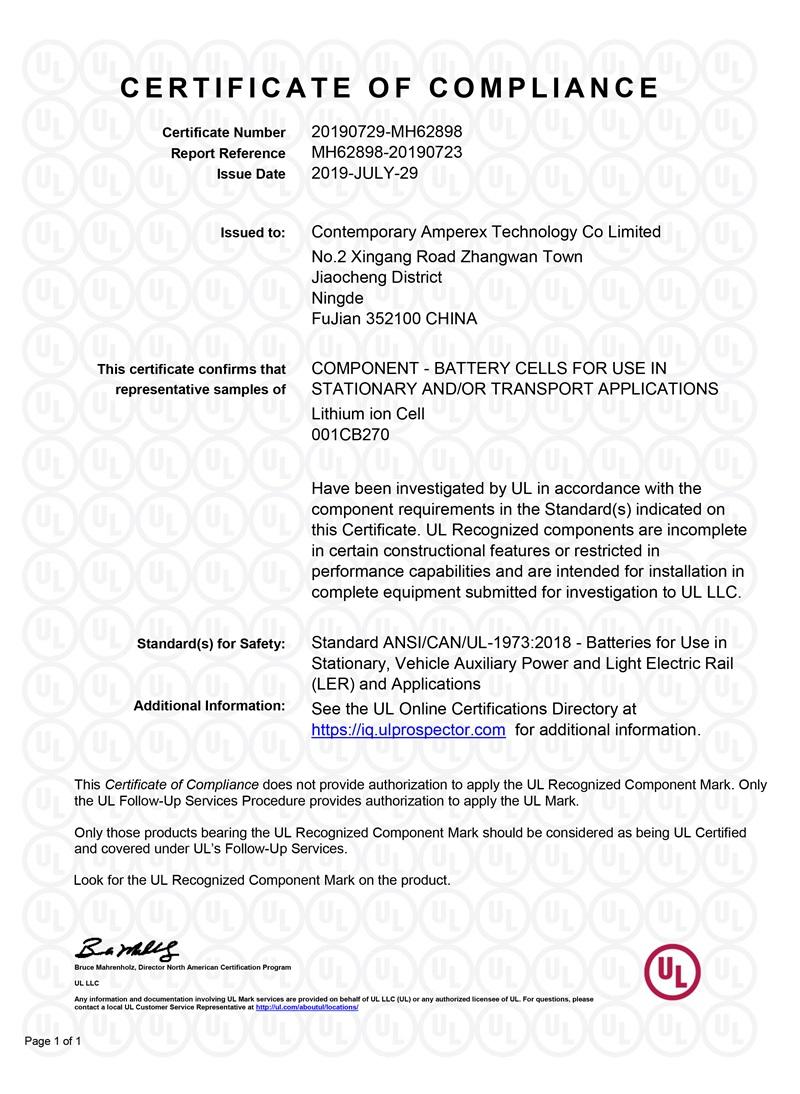Blog
How to Properly Charge LiFePO4 Batteries: A Complete Guide
2025-06-03 | Calvin

When it comes to charging LiFePO4 batteries, there are various crucial considerations to keep in mind. How do you check if your existing lead-acid battery charger is compatible? What is the ideal charging voltage, and how do you ensure the battery doesn't get overcharged? What discharge voltage should you aim for, and how can you prevent improper connections when charging in parallel? In this guide, we’ll address these questions and more to help you properly maintain and charge your LiFePO4 batteries.
Understanding Charge Voltage
The nominal voltage of a single LiFePO4 cell is 3.2V, with the charge voltage range falling between 3.50V to 3.65V. It is critical not to exceed 3.65V during charging, as overcharging can harm the battery and affect its performance. Different lithium battery types, such as NMC and LiFePO4, have different charging specifications. In this guide, we focus specifically on LiFePO4 batteries.
Excessive voltage can cause cell degradation, swelling, and even permanent damage. To avoid this, lithium battery packs are equipped with a Battery Management System (BMS) that offers protection. For a 12.8V LiFePO4 battery, the recommended charge voltage is 14.4V. If your charger’s output isn’t adjustable or accurate, charging between 14.0V and 14.6V is generally acceptable.
Below is a table detailing the recommended charge voltages for different LiFePO4 battery configurations:
| Battery Voltage | Recommended Charge Voltage | Acceptable Charge Voltage Range |
|---|---|---|
| 12V (12.8V) | 14.4V | 14.0V ~ 14.6V |
| 24V (25.6V) | 28.8V | 28.0V ~ 29.2V |
| 36V (38.4V) | 43.2V | 42.0V ~ 43.8V |
| 48V (15S) (48V) | 54.0V | 52.5V ~ 54.7V |
| 48V (16S) (51.2V) | 57.6V | 56.0V ~ 58.4V |
Unlike lead-acid batteries, which must be fully charged every day to prevent sulfation, LiFePO4 batteries do not require full charges. Trickle and float charges are unnecessary for LiFePO4 cells. These batteries only require two charging stages: constant current (bulk charge) and constant voltage (absorption charge).
The optimal discharge range for LiFePO4 batteries is between 10% and 90% State of Charge (SOC), and given their remarkable lifespan of up to 6,000 charge cycles, discharges between 5% and 95% SOC are also perfectly acceptable.
Can My Existing Charger Charge LiFePO4 Batteries?
If you’re wondering whether your existing charger is suitable for LiFePO4 batteries, follow these simple steps:
- Check for a repair or desulfation function: This function often generates a high surge current, which can damage the BMS of LiFePO4 batteries. Avoid using this feature.
- Check for battery voltage detection: LiFePO4 batteries can show 0V after the discharge protection triggers. If the charger detects this, it may refuse to charge the battery. In this case, disable the voltage detection or switch to a charger that doesn't detect battery voltage.
- Inspect the charger’s condition and insulation: Always ensure your charger is in good condition and insulated properly.
- Verify output voltage and maximum current: Some chargers don’t clearly display the output voltage. In such cases, use a voltmeter to check the voltage.
Charging LiFePO4 in Different Scenarios
AC to DC Charger
This process is similar to what has been described for other chargers. Whether the charger is used for low-speed vehicles, such as golf carts or electric bikes, or industrial machinery, the key steps remain the same:
- Check for repair/desulfation function.
- Ensure no voltage detection issues.
- Confirm that the charger is in good working condition and insulated.
- Measure output voltage using a voltmeter, if needed.
Solar Systems and Charge Controllers
If you're using a solar system with a charge controller, it’s important to adjust the charge process, as traditional solar controllers may be designed for lead-acid batteries, with a three-step charging process (constant current, constant voltage, and float). LiFePO4 batteries only require two steps: constant current and constant voltage charging. The recommended charge voltage is 14.40V (3.60V per cell).
If float voltage is necessary, it should be set to 13.60V (3.40V per cell). Below is a table for reference:
| Battery Voltage | Recommended Charge Voltage | Float Charge Voltage |
|---|---|---|
| 12V (12.8V) | 14.4V | 13.6V |
| 24V (25.6V) | 28.8V | 27.2V |
| 36V (38.4V) | 43.2V | 40.8V |
| 48V (15S) (48V) | 54.0V | 51.0V |
| 48V (16S) (51.2V) | 57.6V | 54.4V |
Alternator Charging
While an alternator can charge LiFePO4 batteries, it’s important to note that these batteries have very low internal resistance, which can draw high charging currents. Without proper regulation, this may overheat the alternator, causing it to burn out. To mitigate this, use a DC to DC converter to limit the current flow.
Additionally, if the LiFePO4 battery reaches its maximum charge voltage, the BMS will disconnect the circuit, creating a high voltage spike that can damage the system.
Charging LiFePO4 Batteries in Parallel
When charging LiFePO4 batteries in parallel, be mindful of the total charge current. For instance, if two 12.8V 100Ah batteries are connected in parallel, the maximum charge current for each battery should be 50A. Charging at higher currents could result in one battery reaching the protection voltage first and interrupting the charging process for the other battery.
To avoid this issue, always ensure that the total charge current is below the maximum charge current for one individual battery.
Charging LiFePO4 Batteries in Series
When connecting batteries in series, ensure that the voltage difference between each battery is within 50mV (0.05V). Regular balancing of the batteries is essential to ensure they perform at their best and last longer. It’s advisable to perform balancing every few months.
Using a Battery Meter
A battery meter provides valuable insights into your battery’s status, displaying essential information like voltage, current, and SOC. For LiFePO4 batteries, current and time-based meters are the most accurate, as voltage-based meters are less reliable due to the flat discharge curve of LiFePO4 cells.
Charging Below 0℃
To charge a LiFePO4 battery below 0℃, self-heating mechanisms are used to raise the cell temperature to above 5℃ before charging can begin. This heating process is typically powered by the charging current, though it can also be powered by the battery in some specialized setups.
Storing LiFePO4 Batteries
For optimal storage, keep your LiFePO4 batteries at around 50% SOC. If your battery has a switch, turn off the charge/discharge switch to prevent accidental short circuits during storage.
Conclusion
Proper charging and maintenance of LiFePO4 batteries is crucial to ensuring their longevity and optimal performance. By following the guidelines outlined in this article, you can charge your LiFePO4 batteries safely and efficiently, whether you're using them in solar systems, vehicles, or other applications.
- Next:What is a Good BMS for LiFePO4 Battery Packs?
- Previous:Three Common Inverter Faults and Solutions
Contact Details
Lithium LiFePO4 Batteries and Lithium LiFePO4 Cells Supplier - LiFePO4 Battery Shop
Contact Person: Miss. Elena Wang
WhatsApp : +8615263269227
Skype : +8615263269227
WeChat :15263269227
Email : info@lifepo4batteryshop.com
All Products
- CALB Battery (0)
- Cylindrical Cell (1)
- Energy Storage System (0)
- Battery Management System (0)
- Sodium ion Battery Cell (0)
- Lithium Titanate Battery (0)
- Ternary Lithium Battery Cell (0)
- REPT Battery (2)
- BYD Battery (2)
- CATL Battery (1)
- Thunder Sky Winston Battery (0)
- EVE Battery (9)
- LiFePO4 Battery Cell (2)
Certification
Customer Reviews
- I have fond memories of our meeting in Shanghai with LiFePO4 Battery Shop Elena. Your company left a strong impression on me with its impressive growth and professionalism. We both value straightforwardness and honesty, which I believe are the most important qualities in any partnership. I am confident that we can build a successful collaboration based on these shared values. —— Robert from USA
- I've been working with LiFePO4 Battery Shop for years, and their reliability is unmatched. While other suppliers frequently change sales teams, LiFePO4 Battery Shop has consistently provided exceptional service with a stable team. Their commitment to quality and customer support truly sets them apart. —— Henry from Australia



